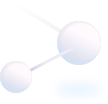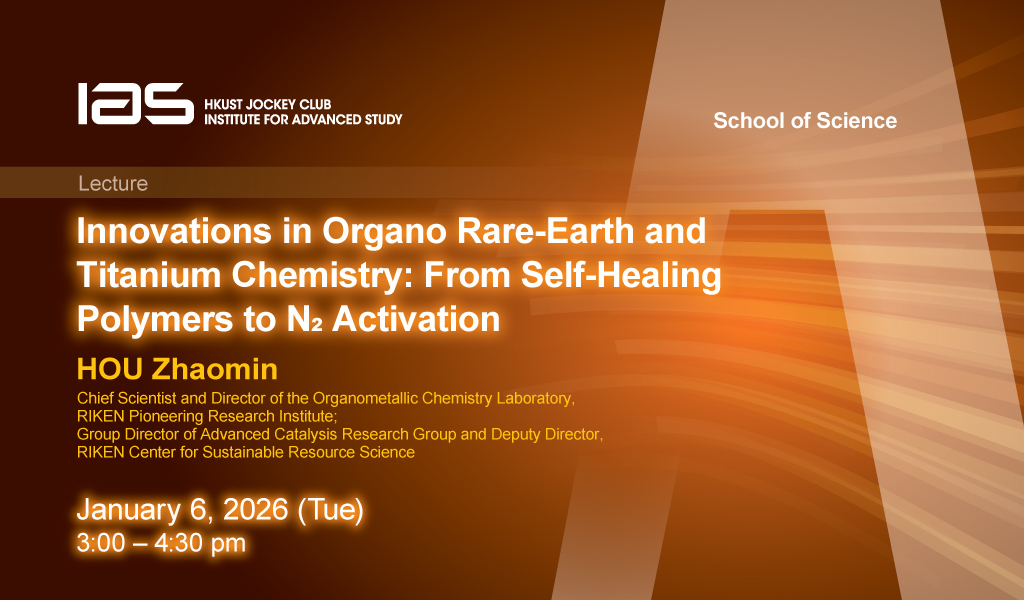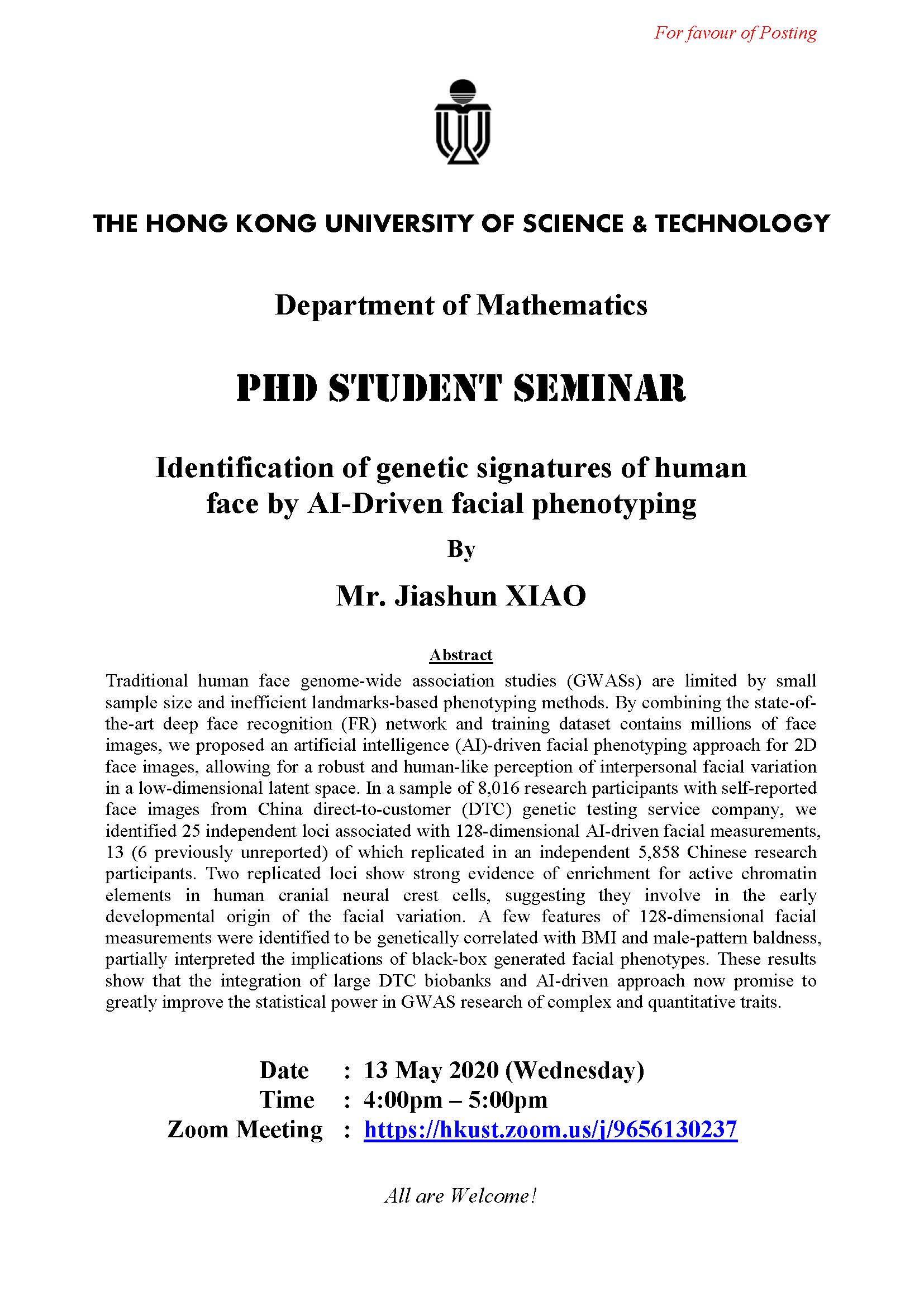更多科大概览
Traditional human face genome-wide association studies (GWASs) are limited by small sample size and inefficient landmarks-based phenotyping methods. By combining the state-of-the-art deep face recognition (FR) network and training dataset contains millions of face images, we proposed an artificial intelligence (AI)-driven facial phenotyping approach for 2D face images, allowing for a robust and human-like perception of interpersonal facial variation in a low-dimensional latent space. In a sample of 8,016 research participants with self-reported face images from China direct-to-customer (DTC) genetic testing service company, we identified 25 independent loci associated with 128-dimensional AI-driven facial measurements, 13 (6 previously unreported) of which replicated in an independent 5,858 Chinese research participants. Two replicated loci show strong evidence of enrichment for active chromatin elements in human cranial neural crest cells, suggesting they involve in the early developmental origin of the facial variation. A few features of 128-dimensional facial measurements were identified to be genetically correlated with BMI and male-pattern baldness, partially interpreted the implications of black-box generated facial phenotypes. These results show that the integration of large DTC biobanks and AI-driven approach now promise to greatly improve the statistical power in GWAS research of complex and quantitative traits.
5月13日
4:00pm - 5:00pm

地点
https://hkust.zoom.us/j/9656130237
讲者/表演者
Mr. Jiashun XIAO
HKUST
HKUST
主办单位
Department of Mathematics
联系方法
mathseminar@ust.hk
付款详情
对象
Alumni, Elderly, PG Students, UG Students
语言
英语
其他活动

1月6日
研讨会, 演讲, 讲座
IAS / School of Science Joint Lecture - Innovations in Organo Rare-Earth and Titanium Chemistry: From Self-Healing Polymers to N2 Activation
Abstract
In this lecture, the speaker will introduce their recent studies on the development of innovative organometallic complexes and catalysts aimed at realizing unprecedented chemical trans...


